![]()
![Social Justice Community Awards Given for 2018-19 Social Justice Community Awards Given for 2018-19]()
The Social Justice Community Awards honor individuals and groups for outstanding achievement in promoting diversity, inclusion, equity, and access at Southern and/or the community at large — and a demonstrated commitment to these goals through programs, projects, or partnerships.
These awards are presented annually in six categories, and the award winners are selected by the President’s Commission on Social Justice in the spring of the academic year, following a call for nominations. Honorees receive a monetary award ($250 value for students; $500 value for faculty, staff, organizations and departments) and a certificate.
For the 2018-2019 academic year, the Social Justice Community Awards were awarded in the spring 2019 semester and included the following honorees:
Undergraduate Student Award
Jim D’Elia was nominated for the Top Owl Award before his graduation from the university in May with a degree in sports marketing. As an undergraduate at Southern, he was an active member in student organizations on campus that focus on disability awareness and advocacy and served in leadership roles within those organizations, which included Outreach Unlimited and the Autism Awareness club.
Known as an advocate for others, D’Elia planned and organized programs for Disability Awareness Month and throughout the year. He also contributed to programs that support populations that are underserved and in need — for example, he helped to organize the campus’ Stuff-a-Shuttle event, which collects donations of basic necessities such as food, clothing, and toiletries and delivers them to Saint Luke’s Church in New Haven. When he needed a summer job, instead of returning home to Wethersfield to find work, D’Elia stayed in New Haven to work with local children in a summer program at a school located near the SCSU campus.
D’Elia’s nominator said that in addition to getting involved in programs that help others, D’Elia also advocates for friends and classmates in social settings by making sure others do not feel left out based on differences.
His nominator wrote, “If one were to gather Jimmy’s friends and acquaintances in a room, you would need a very large room, as he is well liked and well respected by many. What you would also see in that room, is a very diverse group, as Jimmy makes friends with everyone. He has a natural ability to bring people together while encouraging action and social justice among his peers.”
D’Elia made the Dean’s List on several occasions during his years at Southern, according to his nominator.
Graduate Student Award
Vanessa Parker, who goes by “Parker,” graduated from the university in May with a Master of Arts degree in Women’s and Gender Studies, and was nominated for the Top Owl Award prior to her graduation.
While at Southern, Parker demonstrated exceptional leadership in bringing together both graduate and undergraduate students in raising awareness and inspiring action on social justice issues. She accomplished this via culturally focused programming that she conceived and implemented, and also via healing dialogue that she has initiated between student groups that were experiencing conflict.
Parker was elected president of the Kappa Chapter of Iota Iota Iota (Triota), the National Women’s Studies Association Student Honor Society, for the 2018–2019 academic year. In her capacity as president, she led the graduate and undergraduate members in developing an agenda committed to building a sense of a “service community” and leading the students in implementing the activities. For example, Parker organized, produced, and directed a campus presentation of The Vagina Monologues to raise funds for a crisis center. She also organized a campus-wide donation drive for basic care necessities for a local shelter. In her leadership roles in initiating and carrying out these community service activities, she inspired students by raising their moral consciousness on the needs of those who struggle with racial, gender, economic and social discrimination and disadvantages.
Parker was also the principal organizer for a campus presentation of a play written by Southern alumna Daisha Brabham, Homegoing: A Herstory of the Black Woman, which traces the experience of Black women from their African roots to their struggles in white-dominated cultures. Parker organized, advertised, and produced the play and led two post-play dialogues with audiences on racial unity.
One of Parker’s nominators wrote that she “seeks out opportunities to build bridges among different student constituencies on campus” and calls her “a natural healer, a gifted bridge-builder who employs all her education, skills, experiences and talents to bring people together and help them to interact with mutual dignity, respect, compassion, kindness, and civility.”
As a Graduate Assistant for the LGBTQIA Center and Women’s Center at Connecticut College, Parker worked to build community among students of gender and sexual diversity and to advocate for their rights to equal access, respect and equality in society. Also, for her hometown of New London, Parker organized a donation drive for hair-care products for women of color who are suffering severe economic challenges and seeking help at New London shelters and charities.
As a graduate student in the Women’s and Gender Studies Program, Parker created a project, “Queering Healing Spaces Occupied by Black Womxn: A Queer Black Feminist Theory Multi-Media Project,” in which she highlighted the the role Black womxn (Black Cis, Queer, and Trans) have played in creating healing spaces in the United States since the 1600s. She did field work at Hearing Youth Voices (HYV), a student-led organization invested in creating systemic change in the education system.
After graduation Parker had planned to open a healing space for Black womxn in New London, Conn., her hometown, which would be the first in her area.
One of Parker’s nominators wrote, “I am very excited to recommend Vanessa Parker for the Social Justice Community Award and wholeheartedly support her candidacy. Her academic and professional pursuits along with her campus leadership indicate her commitment to community and social justice for all especially those of marginalized groups.”
Club Winner
The Omicron Theta chapter of Phi Beta Sigma Fraternity, Incorporated, actively engages with students at Southern through various events, personal interactions, and programs hosted. The chapter also reaches out to the New Haven community through volunteering during Thanksgiving food drives, March of Dimes and Breast Cancer Awareness walks, and working with the students of Lincoln-Bassett Community School.
The chapter — whose motto is motto is “Culture for Service, Service for Humanity” — commits to service in everything it does on campus and beyond. Its national philanthropy, March of Dimes, works to improve the health of mothers and babies. In New Haven, members speak to kids of all ages about college and their own experiences, welcome young students on their first days of school, and give various performances and shows at schools and after-school programs.
Phi Beta Sigma stands by the phrase of being the “inclusive we” rather than the “exclusive we” and lives by three principles: Brotherhood, Scholarship, and Service. On the Southern campus, the Omicron Theta chapter makes it a point to exemplify those principles. All current members of the chapter hold various positions on campus, in jobs and other club or organization commitments. With everyone involved in in different areas of the campus, the group’s nominator wrote, the chapter is better able to reach out to build relationships across the university.
Two years ago, Phi Beta Sigma collaborated with Beta Mu Sigma Fraternity for a program called the “Power of Privilege,” a panel discussion with four students and a faculty member. The program was part of Social Justice Month and aimed to raise students’ awareness of what privilege is and the different privileges people have because of their socioeconomic status, race, and gender. The chapter was recognized for this program and won an award with Beta Mu Sigma for best collaboration event of the year.
The chapter’s nominator wrote that “The brothers of the Omicron Theta Chapter of Phi Beta Sigma Fraternity, Incorporated, have contributed to this campus their principles with the students of Southern. We support Southern’s mission of creating inclusive environments for everyone here, and we will continue to provide that for everyone throughout our civic engagements, events, and interactions with faculty and students. We are happy to be a part of the Southern community and give back where we can, share experiences, and keep the lively, exciting atmosphere of Southern thriving.”
Staff Winner
James Furlong provides a safe, welcoming atmosphere in the Interfaith Office at Southern. His nominator wrote that he shows care for students, demonstrates understanding, and “has a boundless empathy for students, faculty and staff.”
For the last 13 years, Furlong has led the university’s Newman Society (club) to annual alternative break trips to such places as New Orleans and Philadelphia, where he makes sure that students are exposed to social justice issues such as racial inequality, persistent homelessness and drug addiction. He not only exposes students to such issues, but guides them in reaching out to and being present in communities facing such issues.
He has helped organize a “Soup for Souls” event, to benefit food insecure students on campus and demonstrates a commitment to the well being of the Southern community by sponsoring monthly Chinese Luncheons, open to students seeking a meal. He also cares for the community around the university by bringing students to Saint Anne’s Soup Kitchen, a local New Haven soup kitchen, where he serves meals every week.
Furlong has organized an event, “Catholic Social Justice,” which helped students learn about social justice issues in a faith-based context. He has also worked with VPAS on a display about the plight of domestic workers in Connecticut, to encourage students to fight for the rights of these vulnerable workers.
His nominator wrote that Furlong shows a strong sense of openness, respect, and solidarity with the different faith communities on campus, offering a home and friend for all students following their conscience and regularly reaching out to help all the faith organizations on campus. He also is known to, as part of his daily routine, walk around the upper levels of the Adanti Student Center where he works, greeting faculty and staff with a warm smile.
Finally, Furlong’s nominator wrote, Furlong is “a true blue Southern Owl. He has endless pride in Southern, always carrying the school’s values with him and rooting for the school’s sports teams.”
Faculty Winner
MaryJo Archambault was described by her nominator as going “above and beyond in all she does in and out of the classroom, with the utmost fairness, compassion and integrity.” The Social Justice Faculty Community Award recognizes a faculty member who incorporates diverse values in the classroom, curriculum and/ or research; displays a commitment to diverse cultures, religions, abilities, gender identities, sexual orientations, and other areas of inclusion and perspective; makes the classroom accessible for and supportive of diverse learning styles; engages in equity, diversity and inclusion efforts in the campus community; uses innovative teaching methods to support students with special learning needs; and/or mentors underrepresented students or diverse populations of students, faculty and/or staff. The awardee receives $500, which can go to their department or to professional development funds.
Recognizing a gap in service delivery for persons with disabilities, Archambault has been instrumental in the development of the Institute for Adapted Sports and Inclusive Recreation. Reflective of her research and areas of interest, the institute provides programming opportunities, education experiences, and advocacy services for individuals with disabilities, and conducts research and evaluation relating to adaptive sports and inclusive recreation.
Archambault has been active in applying for research- and program-related grants and has been awarded over $45,000 in grant dollars over the course of the past four-plus years. Most noteworthy, she along with a colleague serve as the co-project directors for a $38,000 grant awarded to Southern by the Office of Veteran’s Affairs in Washington, D.C., for the purpose of providing or facilitating the provision of adaptive sport opportunities for disabled veterans.
Archambault also provides exemplary service to the department of Recreation, Tourism and Sport Management; the School of Health and Human Services; and to the University through her active and varied involvement in numerous committees and board memberships. In addition, she engages in numerous student recruitment activities.
Department Winner
SEOP focuses on providing access to diverse groups of students. The program is committed to recruiting and retaining underrepresented populations on Southern’s campus. SEOP promotes equity and diversity as well as opportunity and success. This program also hires students who have successfully completed the program, adding to the diversity of the campus workforce and providing even more opportunity to those students to gain work experience.
Congratulations to all of the awardees!








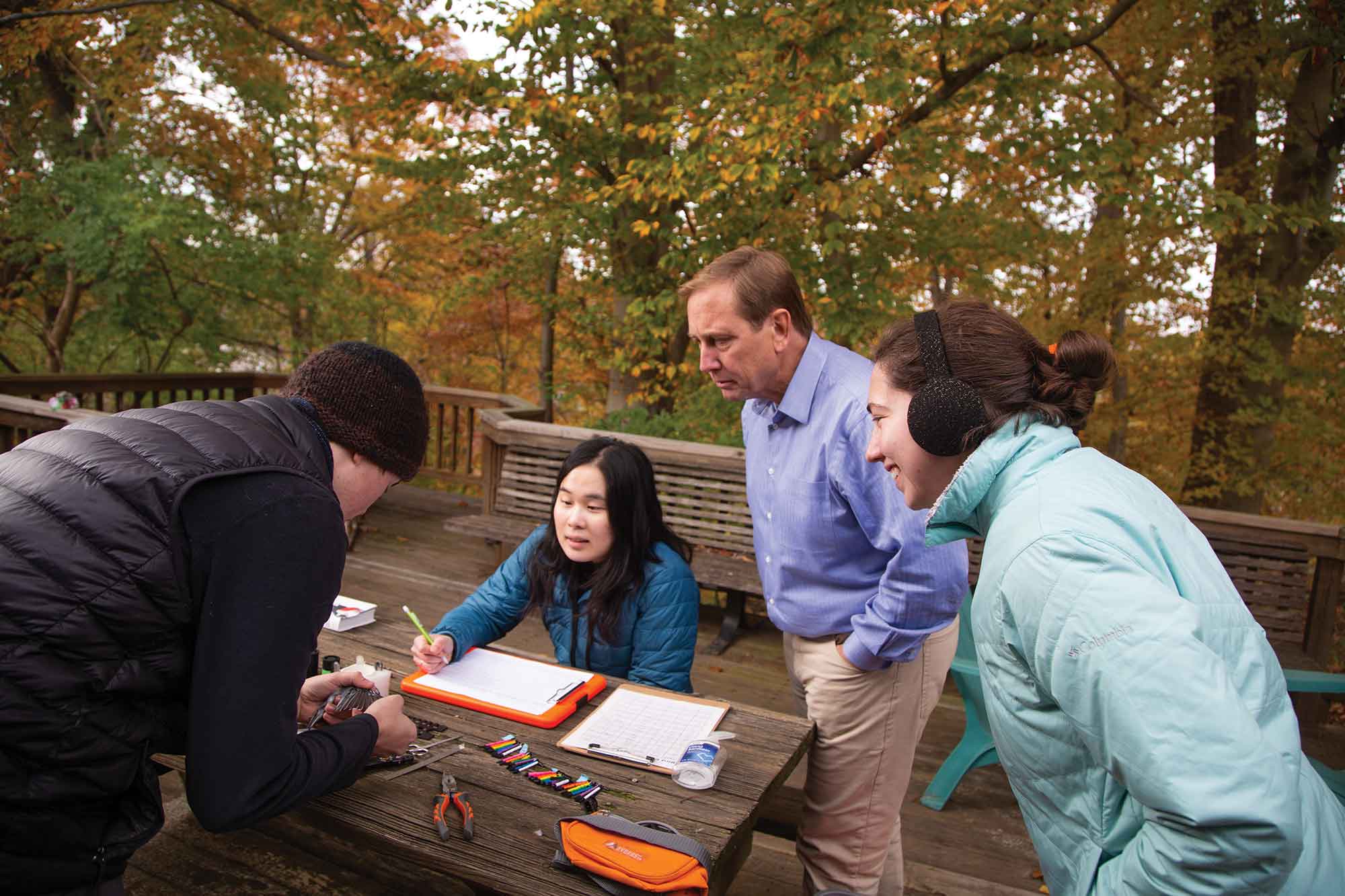


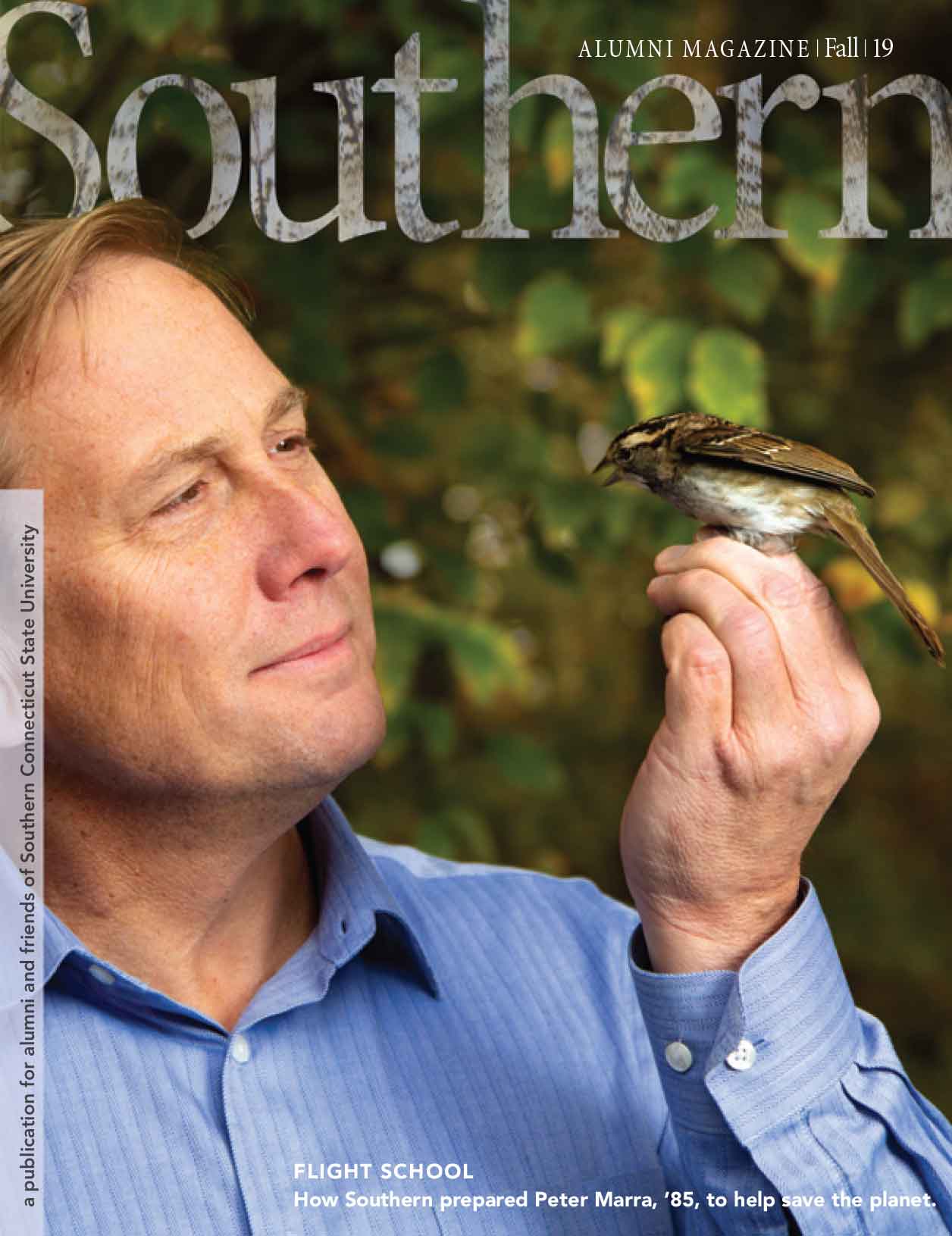


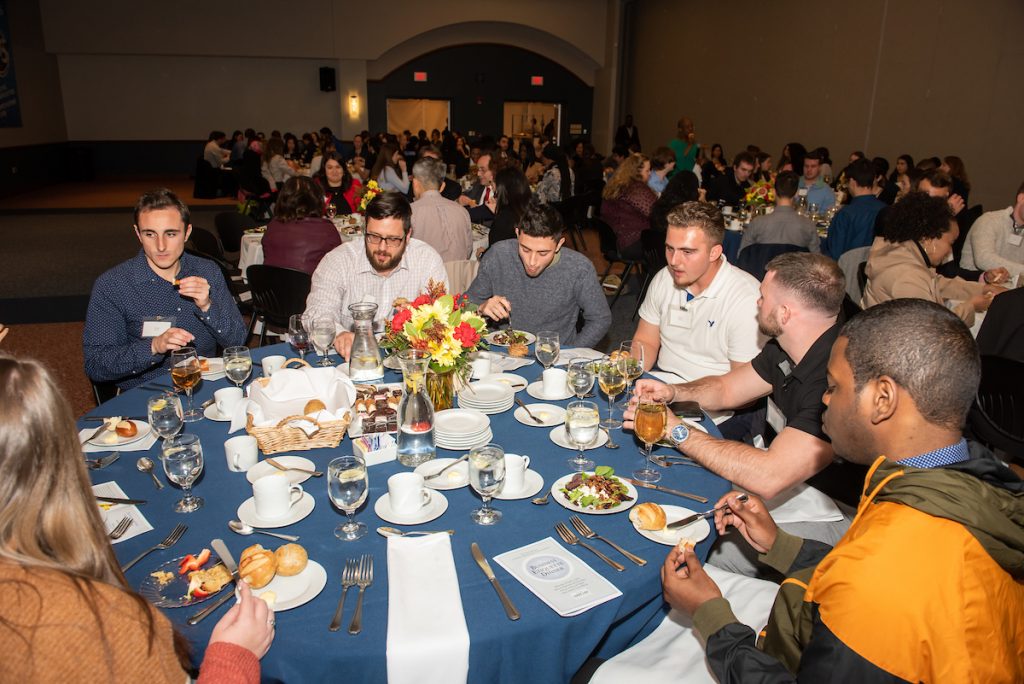



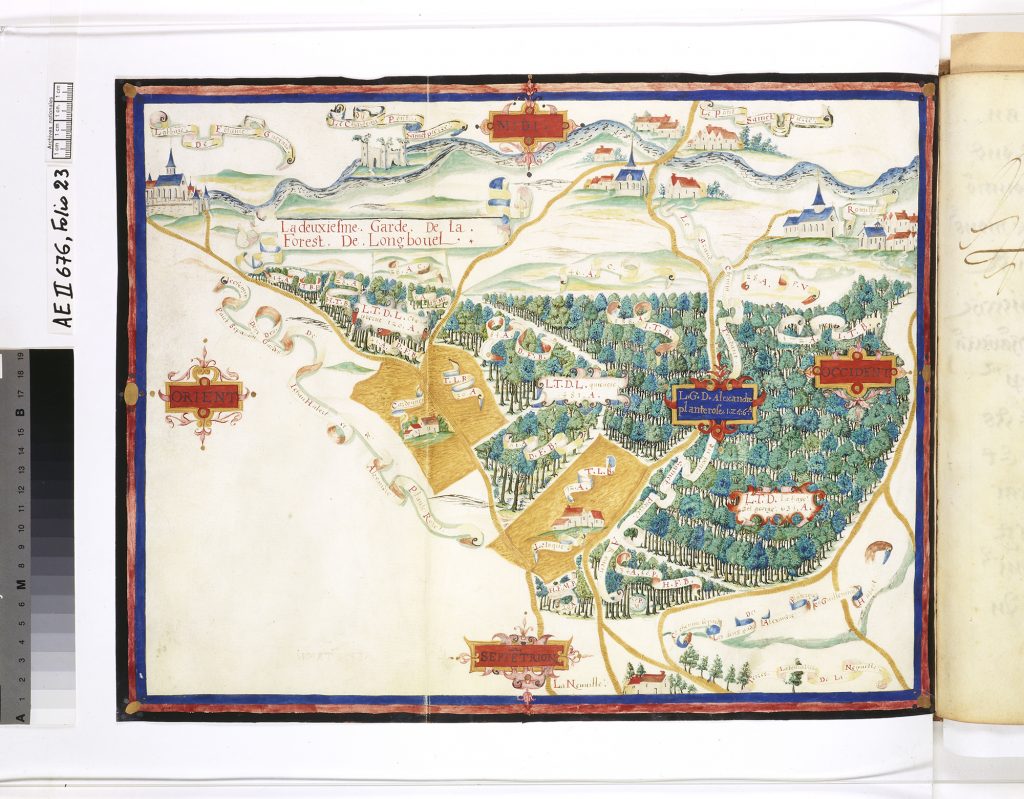
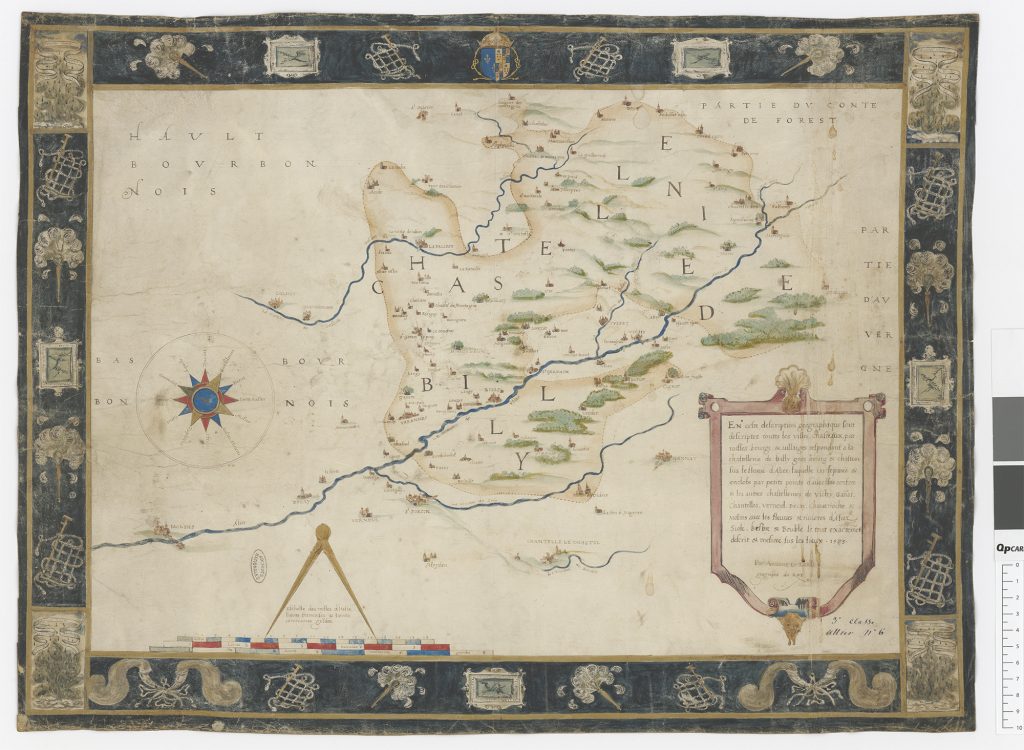
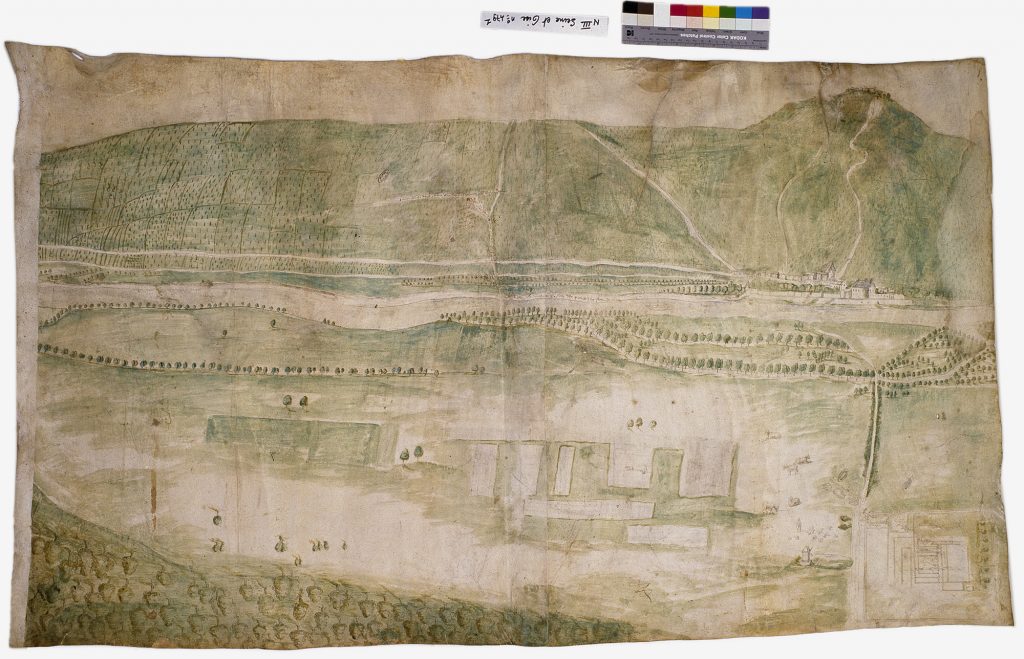


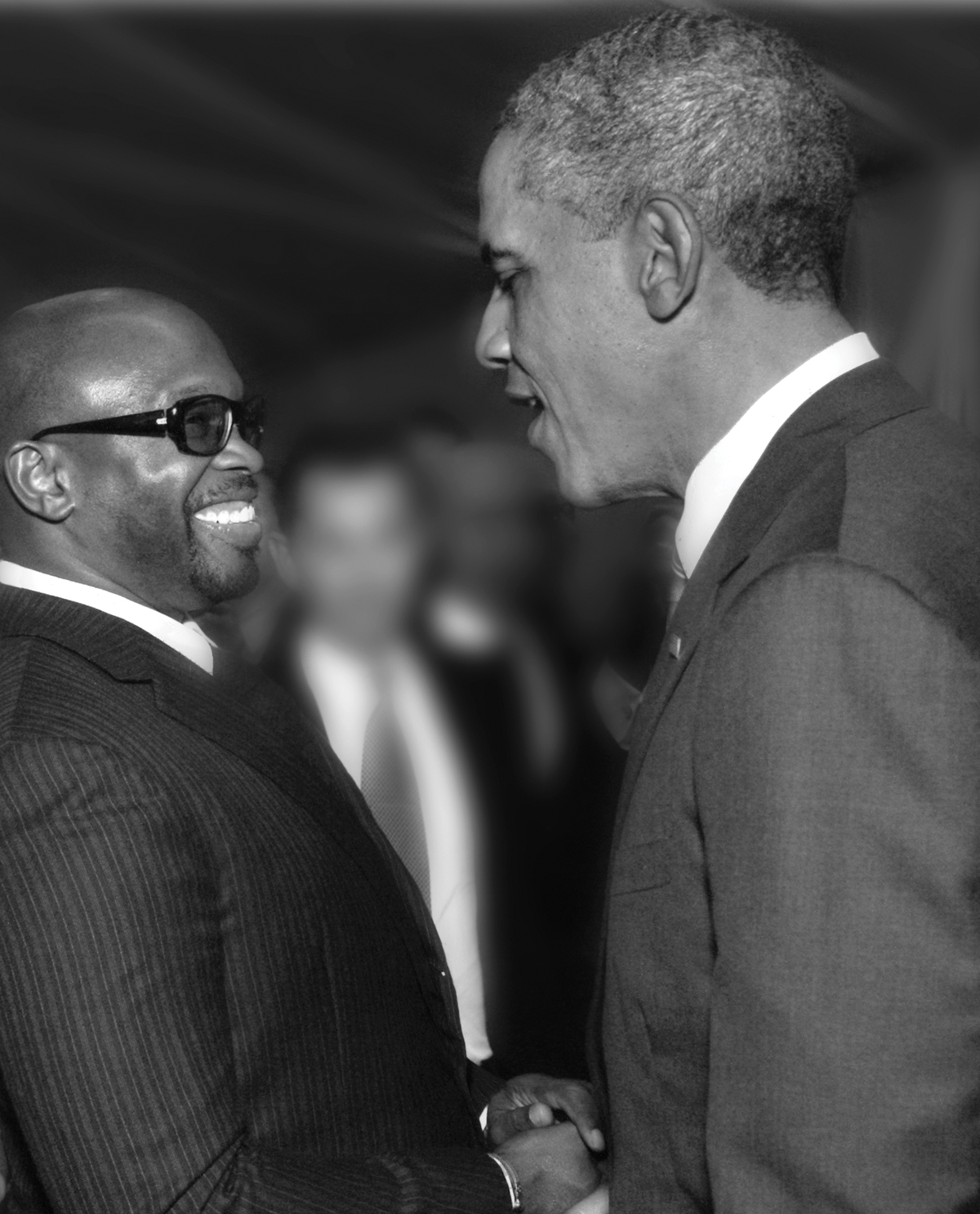

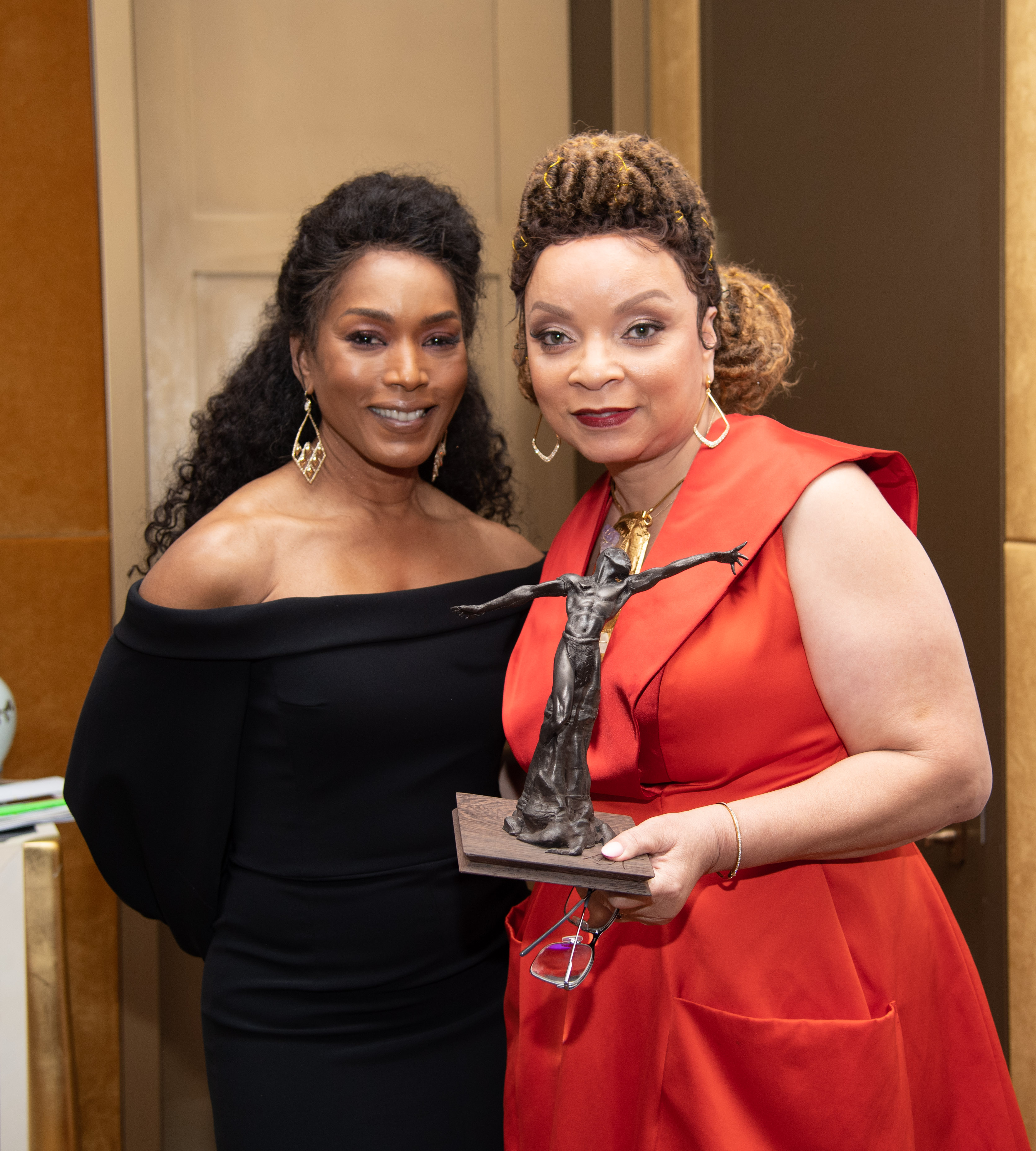
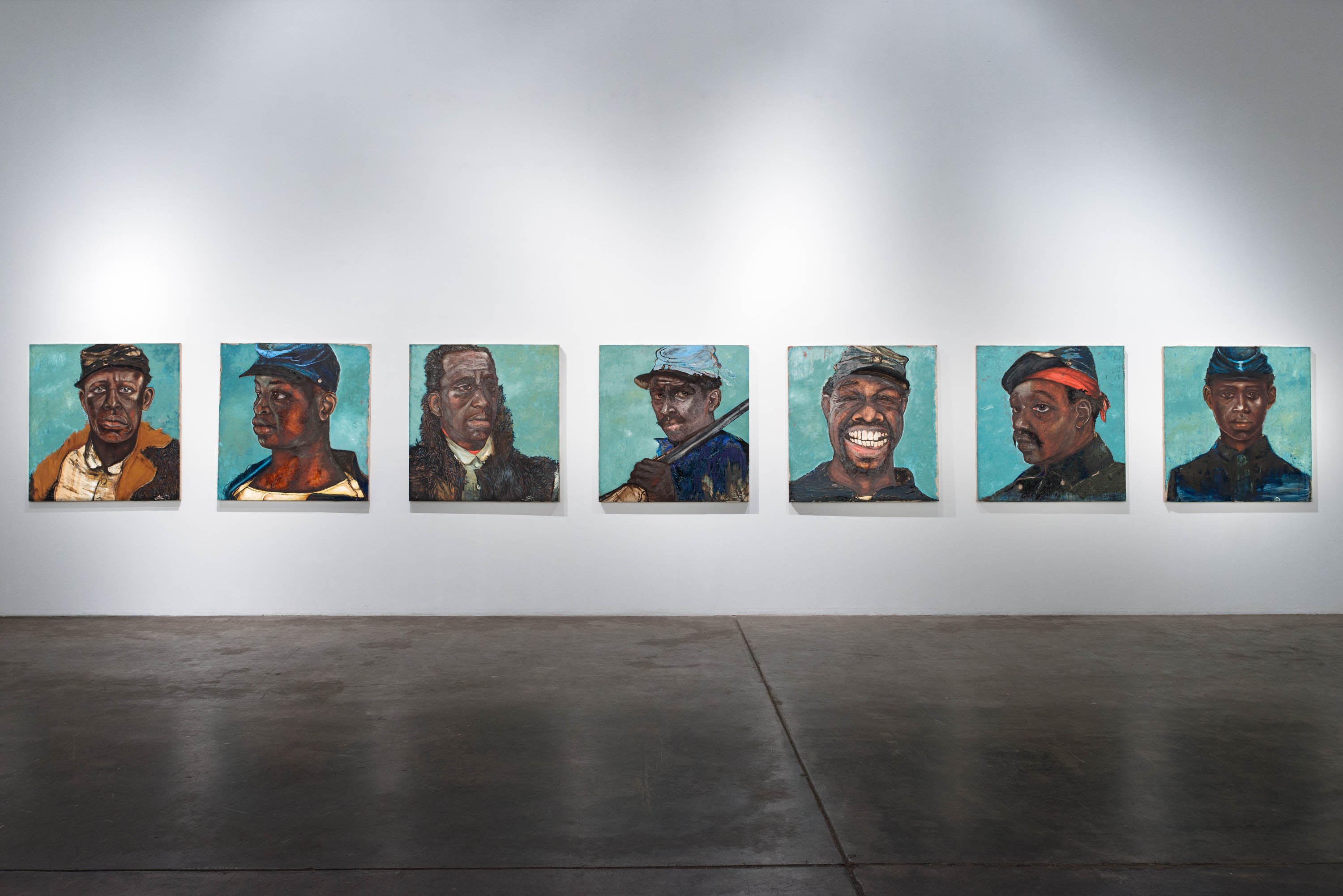
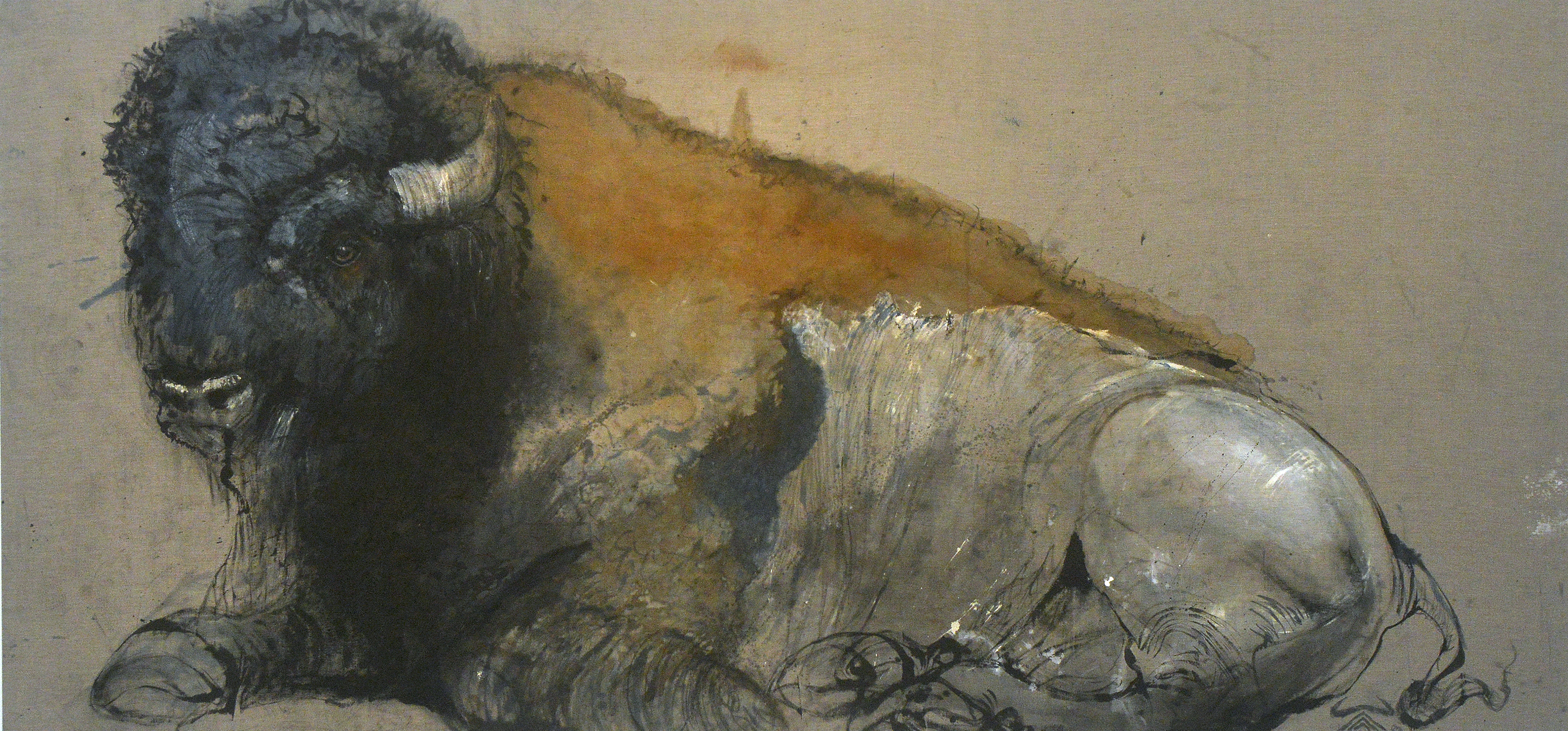

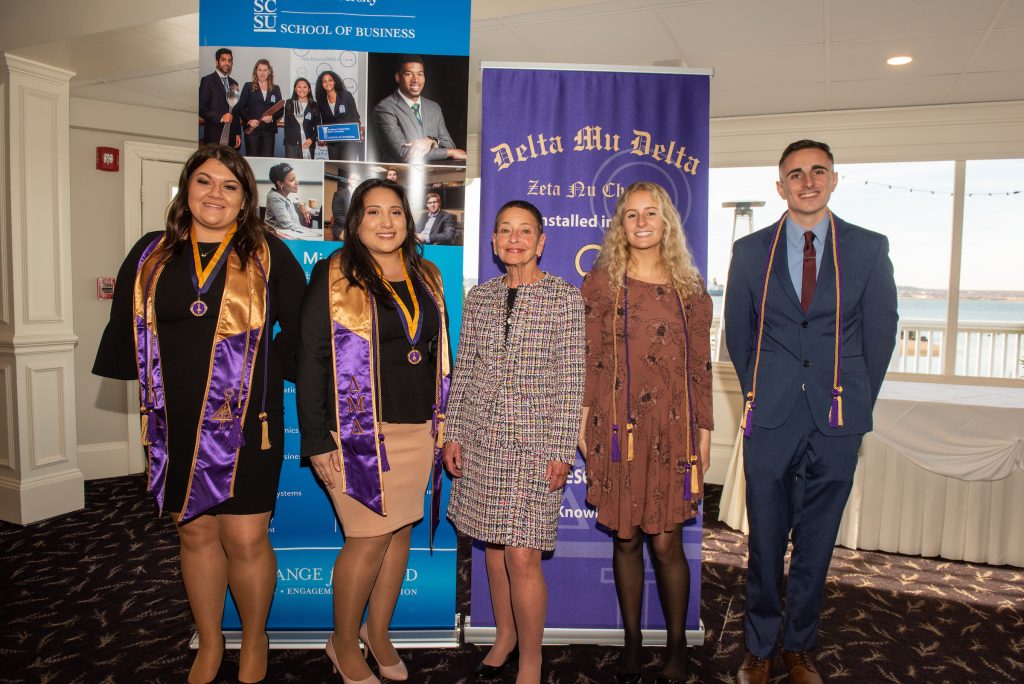


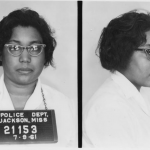



![Several alumni of the Black Student Union (BSU) gather to formally establish the Barbara Matthews Endowed Scholarship, named in honor of the longtime adviser of the BSU. [Seated from left] Matthews and Michele Helms, ’92, an ESL teacher. [Standing from left] James Barber, ’64, M.S. ’79, Southern’s director of community engagement; Attorney Michael Jefferson, ’86; President Joe Bertolino; and Kermit Carolina, ’94, M.S. ’03, supervisor of youth development and engagement with New Haven Public Schools.](http://news.southernct.edu/wp-content/uploads/2019/12/SCSU_18_BSU-8364-2000px.jpg)

